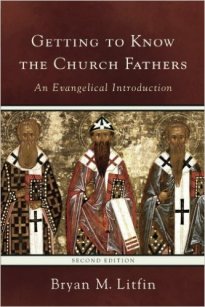 *Note: we previously looked at Cruciformity here, and Inhabiting the Cruciform God here.
*Note: we previously looked at Cruciformity here, and Inhabiting the Cruciform God here.
Michael Gorman’s 2015 book, Becoming the Gospel, takes an illuminating look at Paul’s perspective on the Church’s participation in the mission of God (missio Dei). It forms the final entry in what Gorman calls a “partly accidental” trilogy—the first book being Cruciformity (2001) and the second Inhabiting the Cruciform God (2009) (pp.2-3). In Cruciformity, Gorman argued that the cruciform, self-giving love of Christ found in Paul’s writings, and especially expressed in the Philippian Christ Hymn (Phil. 2:6-11), formed the center of both Paul’s theology and spirituality.
Inhabiting the Cruciform God extended the main argument of Cruciformity by seeking to show that, “For Paul, to be one with Christ is to be one with God; to be like Christ is to be like God,” meaning that “for Paul cruciformity… is really theoformity, or theosis” (Inhabiting the Cruciform God, p.4). Starting from this premise, he developed a reading of Paul’s letters that weaved together the (sometimes) seemingly opposed frameworks of legal/forensic and participatory understandings of justification and salvation, arguing that far from being opposed to one another, these forensic and participatory categories are more like two sides of the same coin. Therefore, one can say that justification in Paul can also be understood as the beginning of “an experience of participating in Christ’s resurrection life that is effected by co-crucifixion with him” (Inhabiting the Cruciform God, p.40). Continue reading

